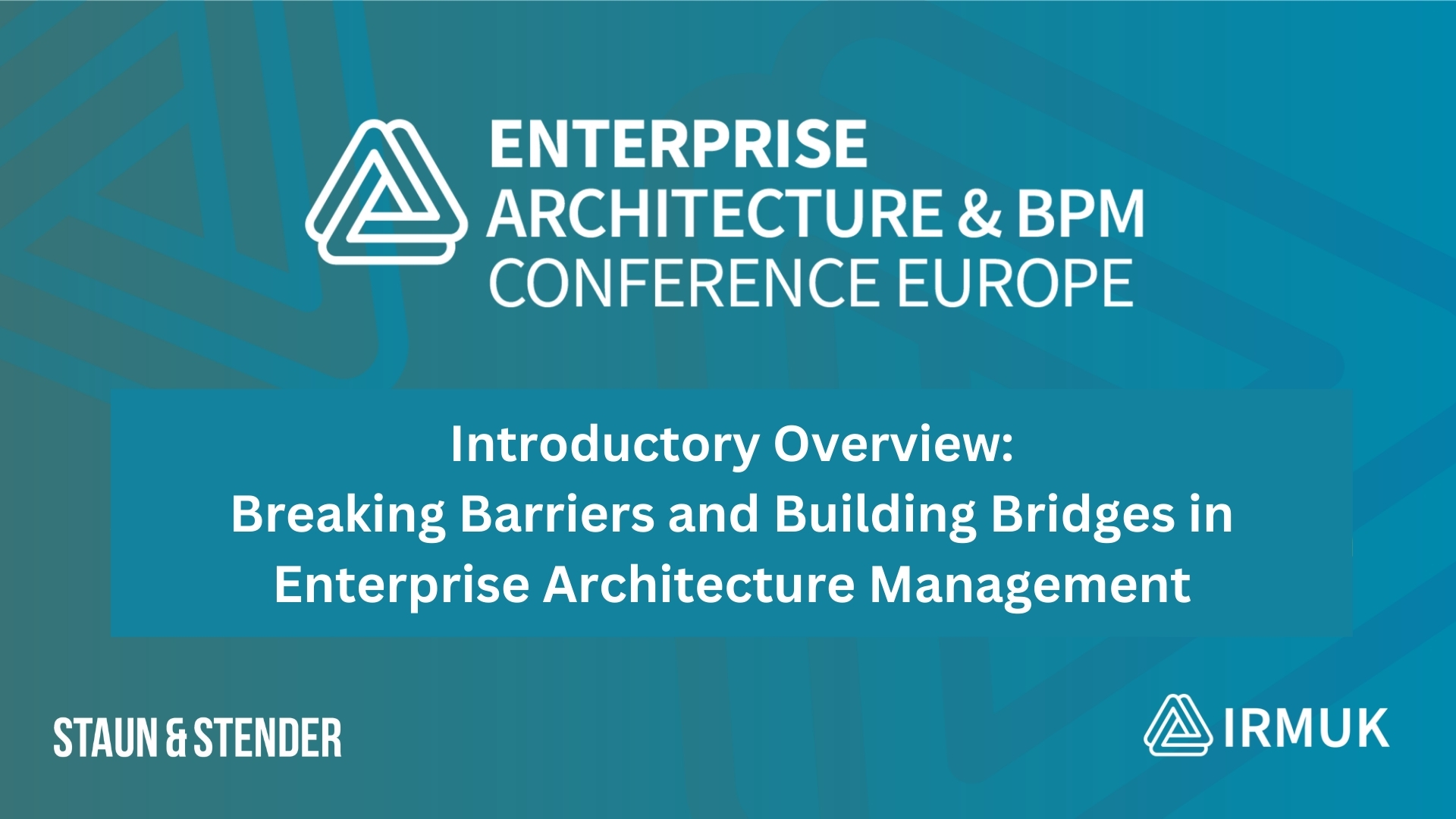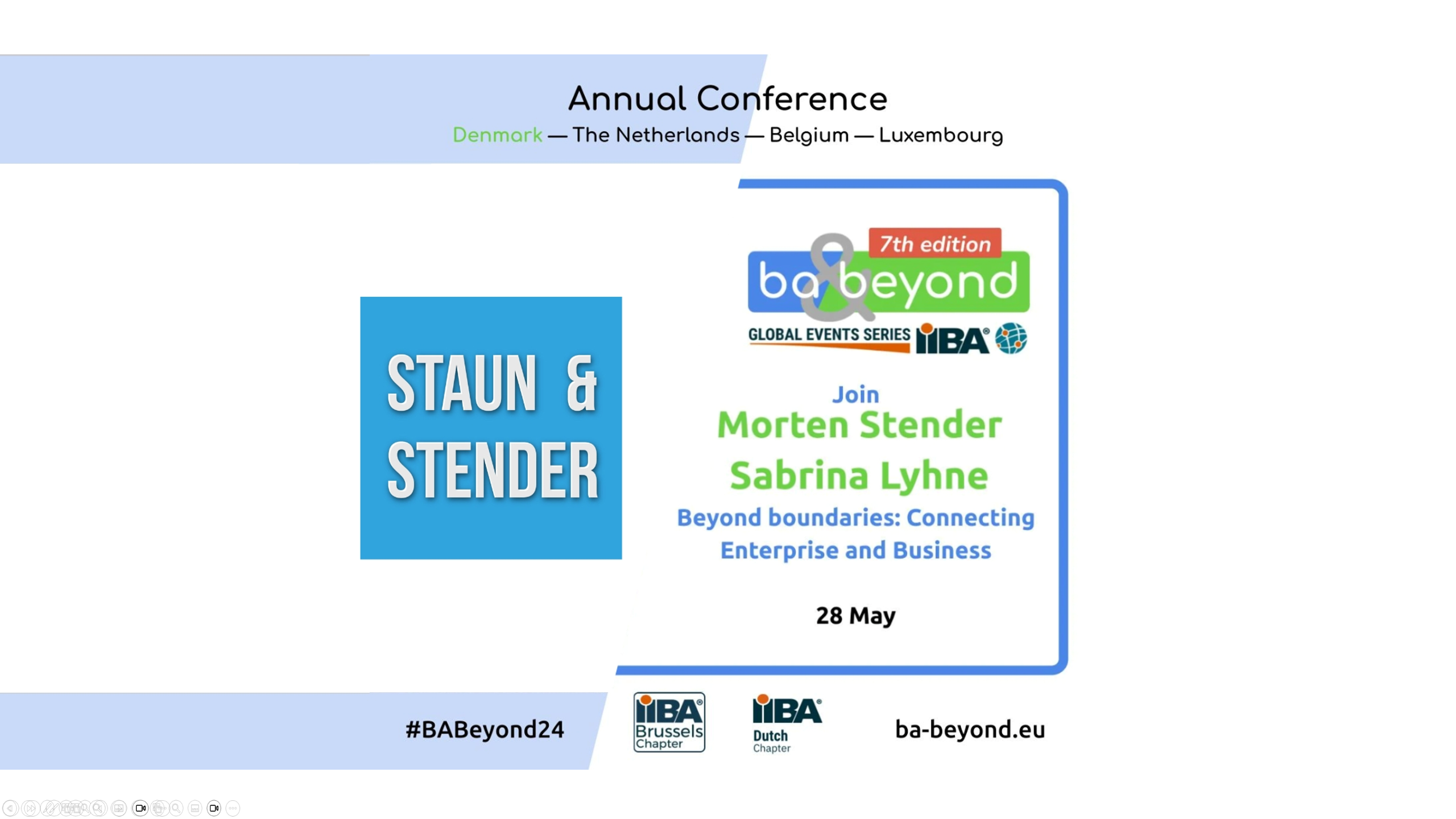- January 11, 2024
- 4:29 pm
The first 30-day EA Plan
Build a practice in 3 simple steps; it starts with the first 30 days spent “right.”
Enterprise Architecture (EA) is the most holistic and strategic one of the architecture disciplines, the long-term perspectives where strategic planning and rationalisation of systems and technologies are being addressed. It is often debated, how to outline an EA plan, or can you start without one as to be agile?
We clearly recommend to build a situational assessment within the first 30 days, in order to create a charter, an overall plan for an EA initiative. A month may not seem like a long time, but within 30 days, significant progress can be achieved to set the aligned direction. The initial assessment should capture the situation, and provide a meaningful planning of the first 6-12 months to ensure the success of Enterprise Architecture (EA) management.
It’s strongly recommended not to initiate EA without a clear list of targeted business outcomes; the first 30-days should provide the situation assessment, then to outline a series of outcomes the next 6-12 months.
In the first 30 days, it’s crucial to set a charter for the EA team and gain a comprehensive understanding of its current functions, limitations, and intended goals.
Over the past decade, EA has evolved, and stakeholders expect it to contribute to various areas, such as digital transformation, compliance, risk management, portfolio planning, IT landscape rationalisation, and providing a holistic view of business architecture and the business model.
During this initial period, priorities should be outlined for both the team and stakeholders:
- Within the Team: Identify architecture domains that require attention. Determine where to start and how to align roles and visions internally. Gain momentum and internal alignment.
- With Stakeholders: Understand stakeholders’ needs and expectations. Gradually align these with modern EA best practices. Build enthusiasm, gain use-cases, support, and momentum.
These initial steps set the stage for immediate clean-up of portfolio information and the initiation of Enterprise Architecture efforts.
We do not recommend a restart of EA without having a clear list of business outcomes to achieve with the EA function and program; it must be known in advance what the next period will bring in terms of objectives and outcomes, however, “detailed” planning is a later step.
Important for the first 30 days is to set a charter for the EA team, get the situational awareness of what the function does, and doesn’t do – but is supposed to do. The overall concentrate will pave the way for an immediate clean-up of your portfolio information and thus jump-start your Enterprise Architecture efforts.
EA Plan, Step 1
Set the Charter. Identify the top 5 to 10 stakeholders as functions of your organization. Many of these we will know in advance, but get a session and align expectations with each of the stakeholders.
Qualify the gaps and alignments between your view and their views. Get the opportunity to gradually align the observations with a more classical approach, watch out for deviations and start to articulate which domain and what deliverables are key to enable first.
Such a Charter will be needed to prepare in the first 30 days, and it will also provide an assessment of typical foundation data, that will kick-start for potential managers, owners, architects of information assets of the architecture portal.
Having a strong foundation data of reliable information for your architecture is important. Get to understand your list of people, organisation, geography, and other reference data that will provide a fully detailed list of what the governance bodies are, before collecting any other data.
Then layout the monthly sprints and align with stakeholders so there is a common vision within the team and with stakeholders that this is the plan for next half/full-year.
What happens further along the road is more tentative in the timeline. You can revise the timing as you go. We recommend that you focus on clear value sprints this way. A typical next step will be:
EA Plan, Step 2
Next Iteration: Business and Basics Business capabilities encapsulate what business does functionally, what it needs to do, to implement its strategy.
Business capabilities can help you identify redundancies, spot risks, and develop solutions, which is why it is crucial for you to develop your Business Capability Map. Start thinking about the major capabilities that your business needs to operate. Typically, we recommend mapping out the first two levels, and then align with business stakeholders.
Business owns the capabilities, need to reflect in them, but it is typically the EA function that documents the business capabilities. If the case is not attractive to Business stakeholders, identify one of the other pillars of business architecture such as Value Streams, Business Services, or Business Units.
For capability maps, the first level should only be overall business functions to cover the whole. Once you have completed the first level, it can make sense to drill down one level to level 2. At 2nd level, all capabilities should completely describe their parent capability and be without overlap; capabilities are mutually exclusive, collectively exhaustive. Having reliable information about your business capabilities and foundation data is the step-stone to map the business applications.
Focus on collecting, refining, reviewing the various data sources and formats and clean up their content. Remove any data that is outdated or irrelevant. Ensure if applications cannot link to capabilities, then it is technologies and later step.
Once your data is refined, you can upload a sample to your EA inventory to test it. In Next-Insight, this is fast and easy, as you have the option to migrate your data yourself using Excel spreadsheets based on a template, mass import using the REST API, or to update the inventory manually.
Leveraging data quality issues within Next-Insight will soon take precedence; however, as this is still an early stage, export, bulk editing in excel, re-upload is also a possible action within Next-Insight. It is always a great dialog when you start to involve your content owners to improve your data quality, but soon it will be a digital collaboration to focus on enriching properties relevant to the use-case. Once you have your basic inventory, of improved data, improved properties, improved governance, it will be more relevant to involve more people digitally.
EA Plan, Step 3
Unfolding to more end-users and extend the use-case Within the application architecture, owners, stewards, and others should be active in the solution. Then extend the use-case to get control of things like:
- TIME assessment
- Lifecycle decisions
- Consolidation planning
- Integrations management
- IT Portfolio related domains such as services, technologies, investments.
While we offer consultation and advice to start working with EA and business architecture, we can also accelerate the digital journey into EA Management by use of Next-Insight — the #1 innovative EA Management portal.
Leverage this low-code technology to propel your Business Architecture and Enterprise Architecture forward. Next-Insight stands as a premier choice, offering a comprehensive tool for visualizing and analysing value roadmaps, capabilities, and application portfolio management.
– For #1 low-code SaaS to EA Management, visit a modern low-code for EA Management
– For advice or to get an “EA Kickstart Assessment Workshop”, let’s talk
For #1 low-code SaaS to EA Management, visit Next-Insight



